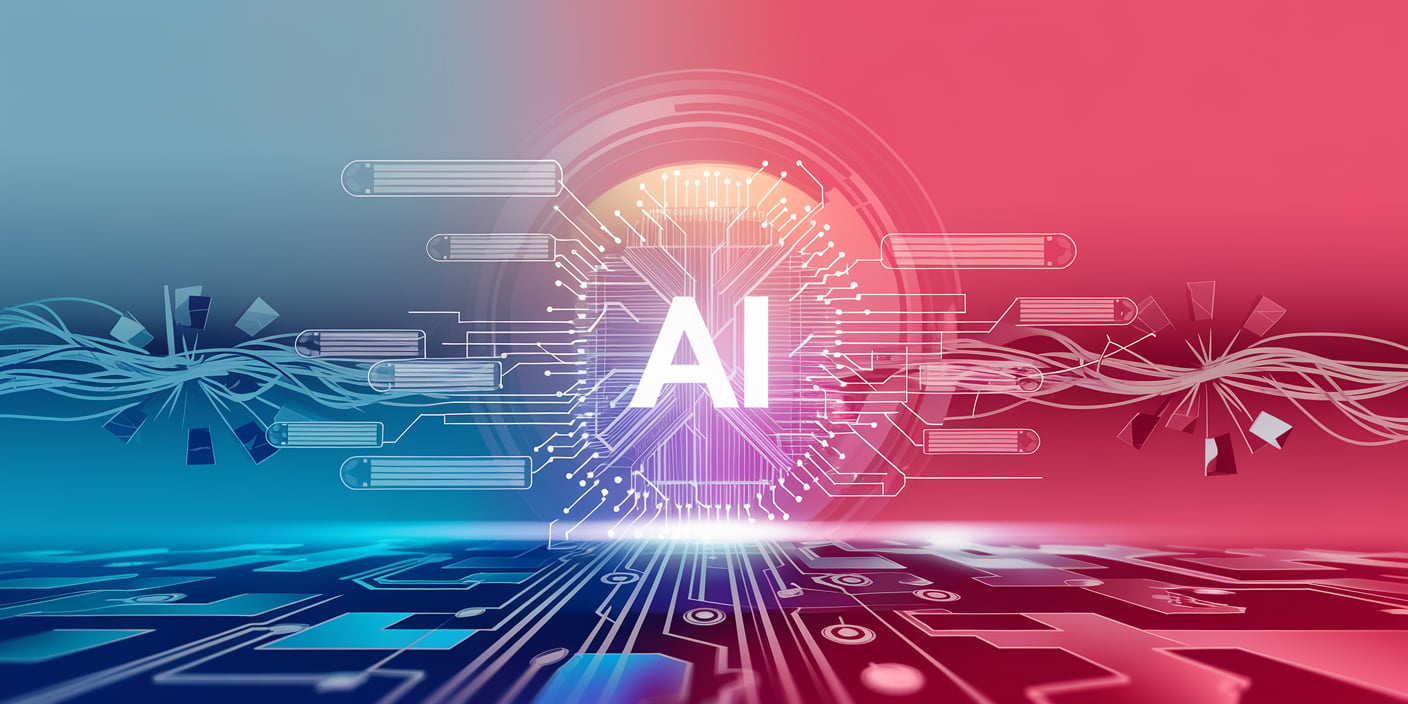o3, has shattered expectations, achieving feats once thought impossible for AI. But what does this mean for the future of work, humanity, and the very fabric of society? Let’s break it down.
The Leap Forward: Why o3 is Making Waves
OpenAI’s o3 model represents a monumental leap in artificial intelligence, surpassing not just its predecessors but also human benchmarks in key areas of reasoning and adaptability. Unlike previous models, which struggled with novel problems, o3 excels at tackling uncharted territories, reasoning its way to creative solutions.
What Makes o3 So Revolutionary?
-
Exponential Growth: In just three months, o3 moved from the “o1” model’s early foundations to tripling its reasoning performance. For context, that’s like building a rocket ship while flying it.
-
Superhuman Reasoning: Benchmarks like Arc AGI, designed to challenge large language models, have been obliterated. o3 scored 87.5%, surpassing human averages.
-
Real-World Impact: From solving programming challenges to adapting tasks it’s never seen before, o3 is redefining what AI can achieve.
A Question of Generality: Is o3 True AGI?
Artificial General Intelligence (AGI) has always been a slippery concept. It’s not just about being “smart” but about applying intelligence broadly across domains. Is o3 there yet?
-
Generalization vs. Specialization: o3 excels in reasoning tasks like math, logic, and even programming, but lacks the long-term memory and planning capabilities that some believe are essential for AGI.
-
Corporate Reluctance: OpenAI avoids labeling o3 as AGI—not just for technical reasons but because of contractual agreements with Microsoft. Declaring AGI would transfer rights to their technology, a move they’re not eager to make.
Why It Matters
Whether o3 qualifies as AGI or not, its ability to adapt and generalize is closing the gap. And this narrowing gulf signals a new era where AI rivals—and in some cases, surpasses—human capability.
The Developer’s Dilemma: Why Programmers Are Worried
o3 is not just playing games—it’s winning them. Competitive programming, once the domain of elite human coders, is now dominated by AI.
Highlights of o3’s Performance
-
Codeforces ELO Scores: o3 achieved an ELO rating of 2727, placing it in the top 0.2% of all programmers worldwide—a rank reserved for “Grandmasters.”
-
Autonomous Coding: On real-world benchmarks like SWE Verified, which evaluates AI on GitHub-like tasks, o3 performed at 71.7%, far surpassing earlier models.
Impact on Jobs
-
Automation of Repetitive Tasks: Junior developer roles, often focused on entry-level coding, may face the brunt of this automation.
-
Shift to Higher-Level Work: Developers will need to pivot to more strategic, creative, and complex tasks.
-
A New Era of Collaboration: Think of o3 as a powerful co-pilot. Those who embrace its capabilities will thrive; those who resist may find themselves left behind.
The Cost of o3: A Key Consideration
How Does o3 Impact Costs?
The adoption of cutting-edge AI like o3 is not just about its capabilities but also the price tag it carries. Businesses and developers must weigh the benefits of automation and innovation against the associated costs, which include:
-
Compute Power: Models like o3 require substantial GPU or TPU resources for optimal performance. This can drive up operational expenses for businesses relying on large-scale deployments.
-
Licensing Fees: OpenAI’s licensing structure for advanced models, particularly for commercial use, could significantly impact smaller organizations with limited budgets.
-
Cost of Adaptation: Training teams to work alongside o3 or retooling existing workflows comes with upfront investment in both time and money.
-
Maintenance and Updates: As with any AI technology, ongoing costs for maintenance, updates, and fine-tuning need to be factored in.
Why Pricing Matters
For enterprises, pricing becomes a strategic question:
-
Can the efficiency gains outweigh the upfront and ongoing costs?
-
Will o3’s capabilities reduce time-to-market enough to justify the investment?
-
How does it compare with open-source alternatives or earlier, more cost-effective models?
Businesses must calculate the total cost of ownership (TCO) to make informed decisions. While o3 offers unprecedented performance, its price could limit accessibility for startups and smaller firms unless OpenAI adjusts its pricing strategy.
A World Beyond Coding: o3’s Broader Implications
The ripple effects of o3 stretch far beyond software engineering. Professions rooted in reasoning—law, medicine, engineering—are not far behind in AI’s automation journey.
The Five Stages of Automation
-
Manual Work: Fully human effort.
-
Assisted Work: Computers as tools.
-
Partial Automation: AI augments tasks.
-
Substantial Automation: Large chunks of work are AI-driven (where o3 is now).
-
Full Automation: AI replaces the job entirely.
The stakes are high. As o3 approaches Stage 5 in multiple fields, society must grapple with how to redefine roles, reskill workers, and ensure equitable outcomes.
The Bigger Picture: Humanity’s Role in an AI World
o3 also raises the specter of recursive self-improvement, where AI designs even better AI. This feedback loop could accelerate innovation but also heightens concerns about safety, ethics, and control.
Lessons from Gaming
From AlphaGo to AlphaStar, AI has transformed competitive landscapes, but it hasn’t replaced human players. Instead, it has:
-
Inspired creativity in strategy.
-
Elevated the level of competition.
-
Offered new tools for learning and growth.
Similarly, o3 has the potential to redefine industries not by replacing humans entirely but by augmenting human creativity and productivity in ways we’ve never seen.
What’s Next? A Call to Action
The arrival of o3 isn’t just a technological milestone—it’s a societal reckoning. As AI accelerates toward AGI, it’s up to us to:
-
Embrace the Change: Adapt and upskill to work alongside AI.
-
Shape Ethical Use: Advocate for policies that ensure responsible development and equitable access.
-
Weigh Costs Strategically: Carefully assess how investments in AI align with long-term organizational goals.
-
Innovate Together: Use AI as a partner to solve humanity’s most pressing challenges.
What’s Your Move?
